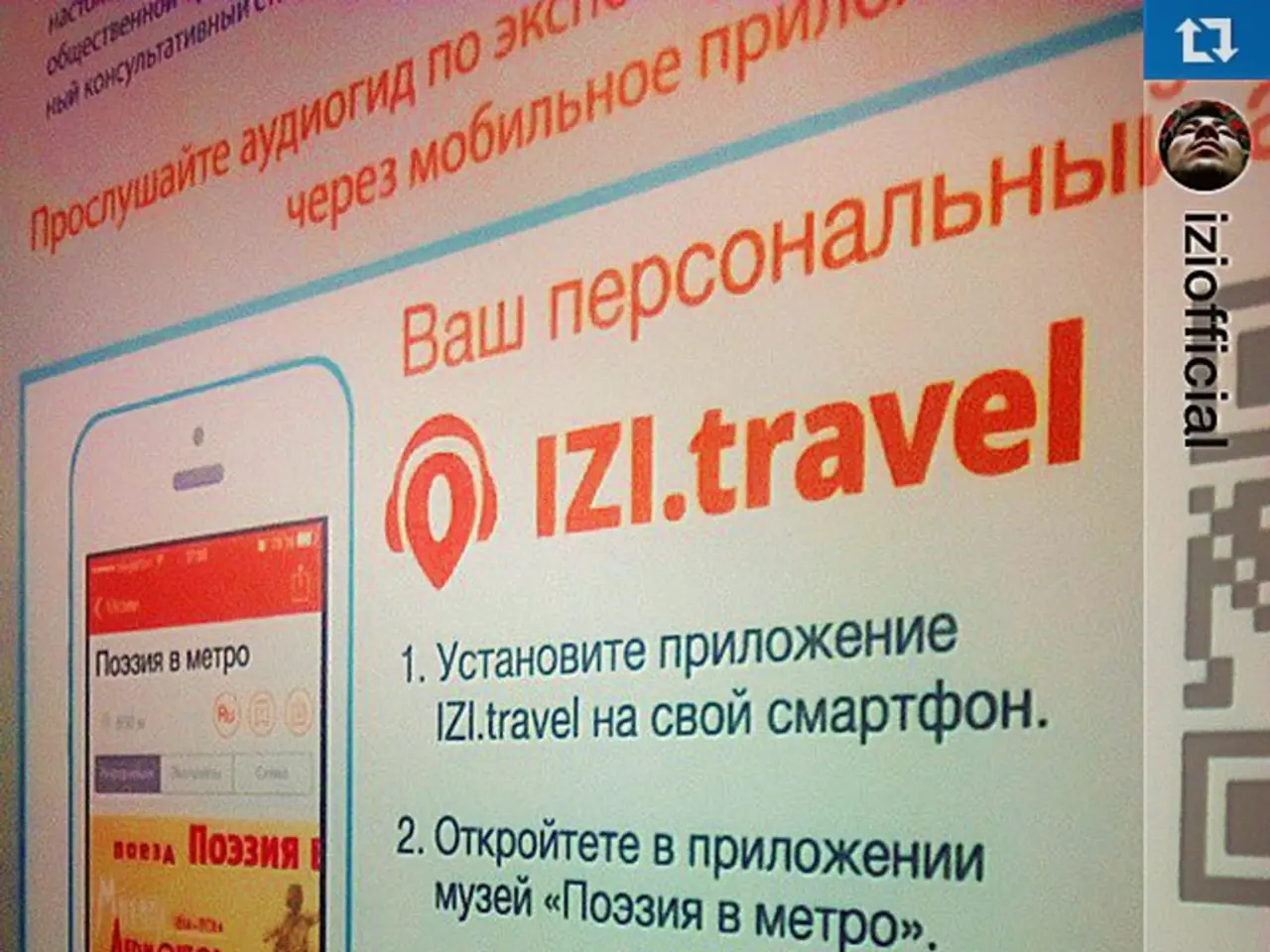Advantages of SharePoint for Remote and Blended Work Setups
In today's increasingly distributed work environment, the need for effective collaboration, seamless document management, and robust security solutions has never been more crucial. Enter SharePoint, a comprehensive platform designed to address these challenges and more, making it an invaluable tool for remote and hybrid teams.
At its core, SharePoint offers a centralised repository for all documents, accessible to everyone on the team, regardless of location. This centralisation reduces confusion and improves version control, allowing teams to quickly find and use the right documents without clutter or duplication.
One of SharePoint's standout features is its real-time collaboration capabilities. Team members can co-author and edit documents simultaneously within SharePoint, seeing each other’s changes in real time. This real-time collaboration eliminates the need for emailing drafts back and forth, fostering a more efficient and productive workflow.
Integration with Microsoft 365 tools like Teams, OneDrive, and Outlook further enhances collaboration. Remote workers can collaborate through chat, meetings, and document sharing all in one connected ecosystem, supporting hybrid work models where team members are both in-office and remote.
Security is a top priority for SharePoint. The platform provides role-based access controls, encryption, audit trails, and retention policies to protect sensitive data. This ensures that document sharing among remote team members remains secure and compliant with organisational policies.
SharePoint's advanced search tools use AI to quickly find files based on content, metadata, and past activity. This intelligent search capability saves teams valuable time, enabling them to work smarter and innovate faster.
The platform is also scalable, able to accommodate expanding hybrid workforce needs without major changes. SharePoint can scale as organisations grow or add more users and teams, making it a suitable choice for teams ranging from 10 to 10,000 members.
External sharing capability allows SharePoint to securely share documents and sites with people outside an organisation, enhancing collaboration with clients, partners, or contractors, even if they don't have internal Microsoft 365 accounts.
Moreover, SharePoint can serve as a hub for employee engagement and communication. Using SharePoint-based employee hubs, organisations can centralise communication, share news and resources, and foster a connected workforce regardless of physical location, boosting engagement and a collaborative culture.
In addition, SharePoint allows for the creation of dedicated sites for new hires, simplifying onboarding and making new employees feel supported. The platform also supports the addition of metadata to documents, making them easily searchable with helpful tags.
SharePoint can help build a sense of connection among remote or hybrid teams by serving as a hub for communication, recognition, and company updates. The platform can even be used to post wellness resources, team achievements, or employee shoutouts, fostering a stronger company culture and maintaining high morale among remote workers.
In conclusion, SharePoint is a powerful platform for remote and hybrid teams because it enables collaborative document management, supports integrated workflows, ensures data security, and facilitates communication — all accessible from anywhere on multiple devices. This makes it especially suited to the flexible and distributed nature of modern work environments.
Businesses, in the context of remote and hybrid work, can leverage SharePoint's technology for effective document management and seamless collaboration. With SharePoint's integration of finance tools like Microsoft 365, teams can maintain secure document access, streamline workflows, and communicate efficiently from various locations, fostering a productive business environment.
Furthermore, SharePoint's advanced finance and technology features, such as real-time document editing, AI-powered search, and external sharing capabilities, allow businesses to adapt to their expanding needs and collaborate effectively with clients, partners, or contractors, regardless of their locations.




